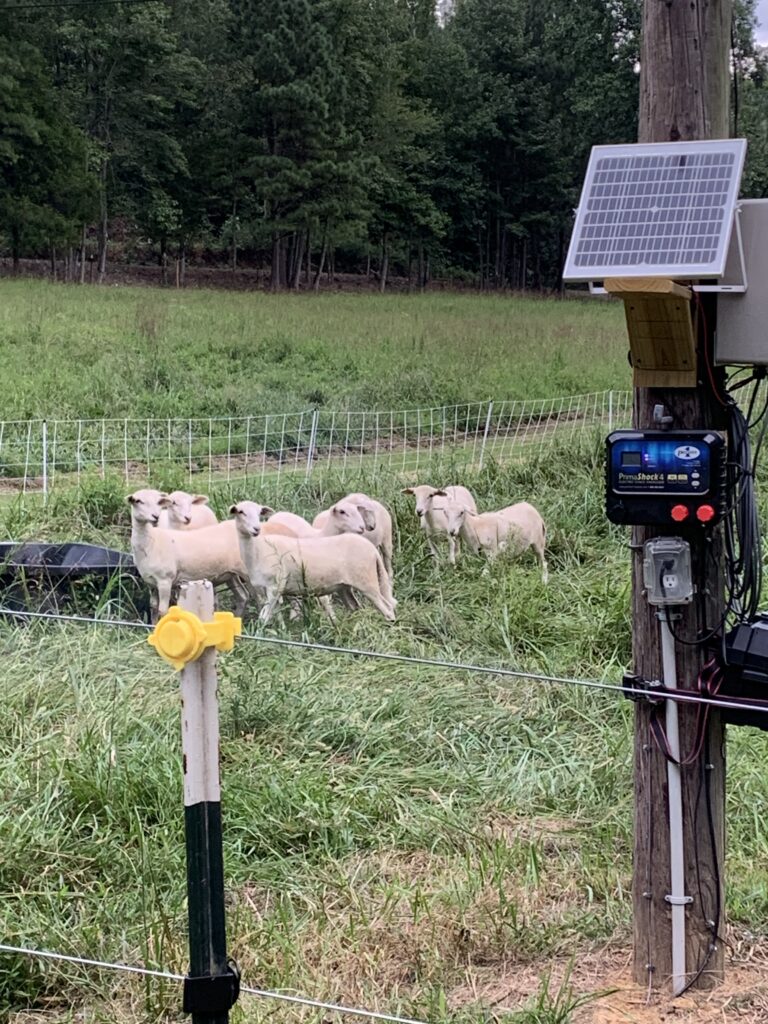From the outset, we intended to raise ruminants on pasture for our own food needs and to offset homestead expenses. The question was what to raise?
Most folks around here raise cattle. There is a good market for the meat, the cattle thrive on the cool season grasses that grow here and they are relatively low maintenance. But, upfront costs are high and it takes 2 years to fully finish a young calf. They’re also quite big and intimidating – and require copious amounts of hay over the winter, adding to feed costs. Someday, we’ll raise cattle on our North pasture (~10 acres), but wanted to cut our teeth using our smaller pasture near the pond.
As we researched options, we were drawn to hair sheep. They are smaller, aggressive foragers, and perhaps the most efficient of all ruminants in terms of the amount of meat harvested per acre of pasture. Plus, unlike heritage sheep breeds, you don’t have to shear them. We chose Katahdins for their parasite resistance and good tolerance for NE Alabama weather.

Sheep and goats require different fencing than cattle. We built a six-wire high tensile fence around the South pasture and tied it into existing barbed wire fence. Months later when finished, we installed two additional wires on the barbed fencing and hooked it all to a high voltage energizer. We use temporary electric sheep netting to make smaller paddocks inside the perimeter fence and rotate the sheep to fresh grass every few weeks.
We found a wonderful local breeder nearby who was more than willing to take us under his wing and help us plan for success. Brian at No More Monday’s Farm raises Katahdin sheep and border collies. It’s a Marvell to watch Brian and his dog work 200+ head of sheep with no apparent effort. Based on his suggestion, we started with 8 ewe lambs. Our plan is to buy a ram this winter and breed the ewes for April 2024 lambing. That should be fun!
Hank, our 10-month old Great Pyrenees sleeps on pasture with the sheep nightly to guard against predators, while our other dog, Elgie, patrols the rest of the property.
Longer term, we intend to grow the flock to two-dozen or so, selling off and harvesting as we go. That number works for our available pasture and will provide some extra help maintaining our 6 acre hillside of lush kudzu. Sheep love kudzu. We despise it!

